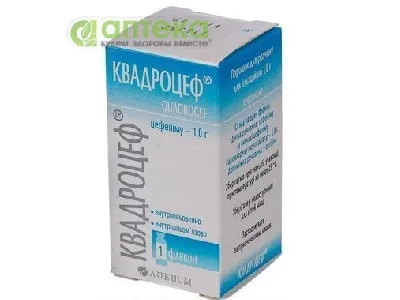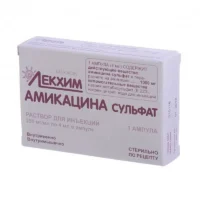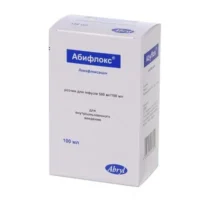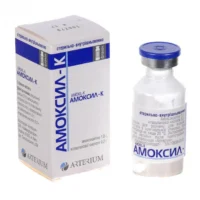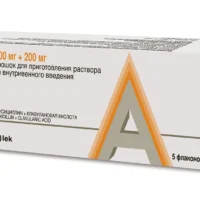Description
Cvadrocef (Cefepime) 1g Intravenous Vial №1
Composition
Active ingredient: Cefepime
Inactive ingredients: to be added by the manufacturer
Mechanism of Action
Cefepime exerts its pharmacological effects by inhibiting bacterial cell wall synthesis, leading to bacterial cell death. It has a longer half-life compared to other cephalosporins, allowing for less frequent dosing and improved patient compliance.
Pharmacological Properties
Cefepime is a fourth-generation cephalosporin with broad-spectrum antibacterial activity. It is effective against various bacterial infections, including those caused by multidrug-resistant organisms. Studies have shown its efficacy in treating nosocomial infections.
Indications for Use
Cvadrocef (Cefepime) is indicated for the treatment of moderate to severe infections caused by susceptible bacteria. This includes pneumonia, urinary tract infections, skin and soft tissue infections, and intra-abdominal infections.
Contraindications
Contraindications: Do not use Cvadrocef if the patient has a known allergy to Cefepime or other cephalosporins.
Side Effects
Common side effects of Cvadrocef may include gastrointestinal disturbances, hypersensitivity reactions, and superinfections. It is important to monitor for any signs of allergic reactions or adverse effects during treatment.
Usage Instructions
Cvadrocef is administered by intravenous infusion over a period of 30 minutes to 2 hours. The usual adult dosage is 1g every 12 hours for most infections. Dosage adjustments may be necessary based on the severity of the infection and the patient’s renal function. Follow the healthcare provider’s instructions regarding dosage and duration of treatment.
Benefits Compared to Analogues
In clinical trials, Cvadrocef has demonstrated comparable efficacy to other broad-spectrum antibiotics with a favorable safety profile. Its broad-spectrum activity and effectiveness against multidrug-resistant organisms make it a valuable treatment option.
Suitable Patient Groups
Cvadrocef is suitable for adults and pediatric patients. Dosage adjustments may be required based on age, weight, and renal function. It is important to follow the specific dosing recommendations for each patient group.
Storage and Shelf Life
Store Cvadrocef according to the manufacturer’s instructions. Check the expiration date on the packaging and do not use expired products. Proper storage conditions help maintain the stability and effectiveness of the medication.
Packaging Description
Cvadrocef is available in intravenous vials containing 1g of Cefepime. Each vial is for single-use and should be discarded after administration. The packaging should be intact and free from any damage before use.
Clinical Evidence and Proven Effectiveness
Clinical studies have shown the efficacy of Cefepime in treating various bacterial infections, including those caused by multidrug-resistant organisms. Research published in the Journal of Antimicrobial Chemotherapy demonstrated the effectiveness of Cefepime in treating nosocomial infections. Comparative studies have highlighted the superior activity of Cefepime against certain gram-negative bacteria compared to third-generation cephalosporins.

